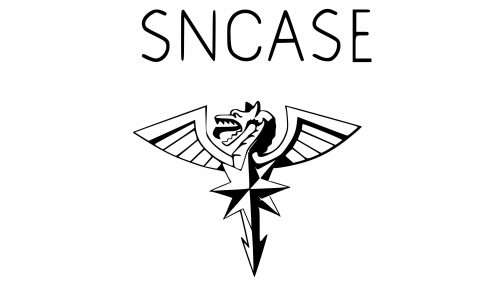SNCASE: Brand overview
SNCASE, an acronym for Société Nationale de Constructions Aéronautiques du Sud-Est, is a well-known French aircraft manufacturing company that operated from 1937 to 1957. It emerged from the merger of French aircraft firms in 1937, among which Lioré et Olivier was a major player. Its creation as a state-owned enterprise was a strategic step towards the unification of the French aviation sector.
During World War II, the company’s activities were refocused on the production of military aircraft to support the French Air Force. However, after the end of the war, in 1945, SNCASE moved into air transportation, converting bombers and military transport aircraft for civilian use.
SNCASE began operating passenger flights from France to North Africa, West Africa, and the Middle East. These transports used mostly large aircraft, including a Lioré et Olivier LeO 45 bomber converted into a commercial airliner.
In the 1950s, SNCASE marked a significant milestone in French aviation history with the production of the SE 210 Caravelle, the first successful jet-powered passenger airliner. The company continued to produce airplanes until 1957.
SNCASE’s two-decade journey ended in 1957 when the company merged with Sud Aviation, resulting in Sud Aviation which closed the SNCASE brand. Despite its short existence, SNCASE had a notable impact on France’s post-war aviation industry, playing a crucial role in its revival and modernization.
Meaning and History
What is SNCASE?
This French aircraft manufacturing company made significant contributions to developing the European aviation industry. The company was known for its innovative developments, including creating the first French jet airliner, the SE.210 Caravelle, revolutionizing commercial aviation. It was recognized for its military projects, such as the SE.5000 Baroudeur fighter, with unique ski landing gear for takeoffs from unprepared sites.
1937 – 1957
The company logo shows the word “SNCASE,” an abbreviation formed from the phrase “Société Nationale des Constructions Aéronautiques du Sud-Est.” The font of the inscription is thin and straight, but the curves of the two “S” letters are slightly distorted, giving the impression that they are hand-drawn block letters. At the bottom is a small dragon with its wings spread wide. Its tail has the shape of an arrow, and on the torso, there is a three-dimensional eight-pointed star. This is the so-called “rose of the compass,” a well-known cartographic symbol often used in emblems.
The inclusion of the dragon signifies strength and agility, traits highly valued in aviation engineering. The rose of the compass is related to the theme of navigation and symbolizes the company’s reach into different areas or markets. The slightly distorted “S” gives the logo a unique identity, emphasizing the company’s commitment to innovation while adhering to its founding principles.





